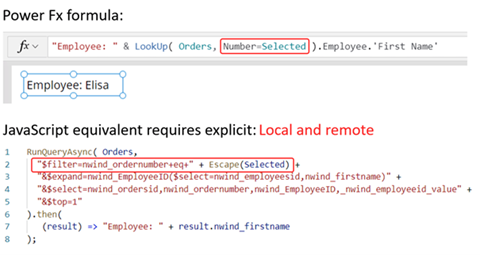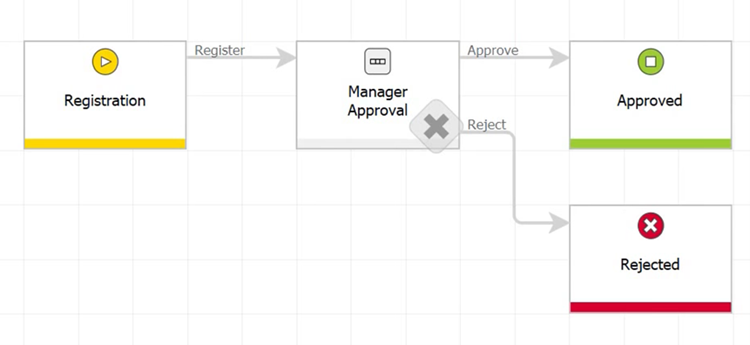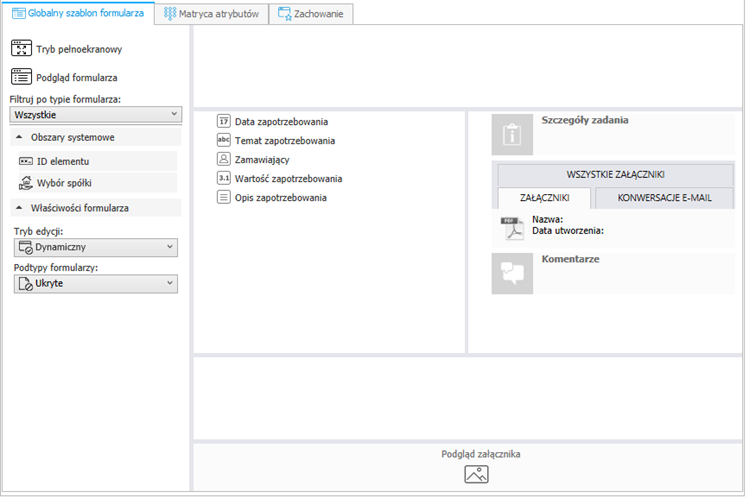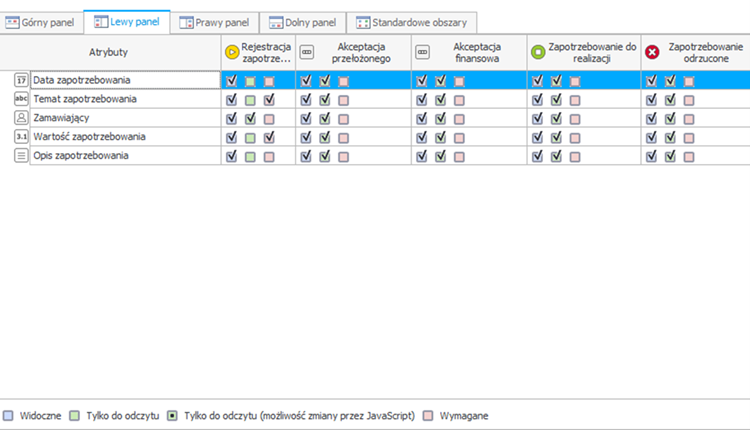Low-code is a trend, that has recently become exceptionally visible and is breaking through to our awareness in the IT industry. But what is behind such a concept?
You probably heard the concept of Low-code, which has recently become more and more popular in the IT industry. But what is behind such a slogan? It is about creating services, digital products, solutions without the need to know programming languages or with basic knowledge of them. Low-code tools allow you to create most of the processes, components, logic, e.g. based on ready-made templates or patterns. They can also be tools in which we give some logic using a simple functional language.
With the help of low-code tools, each employee can become a developer capable of creating applications, automating flows, analyzing and moving data. This allows you to create dozens of applications in any company with minimal costs.
We have had contact with low-code tools for a long time, but more and more often they are treated not only as tools supporting IT projects, but also as tools allowing to build full-fledged and functional solutions.
In the future, low-code-based programming platforms will bridge the gap between the growing demand for employee IT experience and the limited number of IT specialists, who could create the required tools.
According to the Gartner and Forrester Reports, by the end of 2024 65%-70% of applications developed for business will be implemented in Low Code / No Code.
It is predicted that 500 million new applications will be created by 2024 – more than in the last 40 years!
At TTMS, we specialize in two low-code platforms: PowerApps and Webcon. On their example, we will try to explain what low-code is, where it applies and how it differs from the traditional approach, i.e. code.

Above you can see the comparison of the Microsoft Power Fx formula with the equivalent in Javascript. Microsoft Power Fx is the formula language name for the canvas app in Power Apps. Power Fx describes the business logic in formulas. The logic can be hidden down to a single line, but still has plenty of scope for more complex needs. For example, to search for the name of a salaried employee for an order, write the Power Fx formula as shown in the picture.
WEBCON BPS is an example of a low-code platform. It is a solution especially for large companies and corporations looking for a workflow system for electronic document circulation or digitization and automation of business processes. WEBCON BPS allows you to quickly build business applications without coding.
It also allows for flexible and trouble-free adaptation to changing needs, thanks to the perspective of introducing changes even in already running applications. This makes it possible to change the process logic, data schemas and the appearance of the forms. Updates will be available immediately to all users.

Rules are a form of universal logic. They are used in forms to determine whether a field should be visible. They are useful for automatically filling fields with data. Internal business rules and external form rules are easy to define and readable. They can also be refined with SQL queries, .NET code or JavaScript. It can be said that low-code does not exclude code.

In Webcon, building a process without coding is possible thanks to the graphical workflow wizard (WEBCON BPS Designer Studio tool). Design begins by drawing the flow and creating steps. The graphical wizard allows you to manually set the workflow elements, establish the business logic of the workflow, define steps and define actions. It also allows you to assign tasks to be carried out and identify people responsible for them. By default, the diagram of each created project contains two steps (start and end) connected by one path. During the design phase, you can add any number of intermediate steps and connect them with paths. You can also define workflow control steps in which a decision about the further flow will be made based on a certain condition. InstantChange technology allows you to build real-time workflows and modify them as soon as you receive feedback from end users.

The graphical form builder allows you to create dynamic forms without coding. It allows for custom validations, hiding fields, requiring filling, using data from the company’s ERP and other systems, collecting files, e-mails and reports in one place, creating comprehensive forms that help end users to work effectively. Individual form attributes can be placed by drag-and-drop in four panels – the top and bottom panels that take up the entire width of the form, and the right and left panels that take up half the width of the form. WEBCON BPS enforces standardization, thanks to which each application looks and behaves similarly. Thanks to the InstantChange technology, you can make any changes to the layout of fields and entire forms.

After defining the steps in the graphical workflow wizard and the attributes in the form wizard, you need to complete the attributes matrix, which defines the visibility, editability and necessity of each field. The editor is divided into tabs corresponding to the areas of the form: top, left, right and bottom panels. The order of the attributes on the matrix corresponds to the order in which they were previously placed on the form. The checkbox columns are responsible for:
- Blue – visibility – whether the attribute is / is not displayed on the form in a given step
- Green – editable – whether the change of the attribute value is / is not possible in a given step
- Red – required – whether the attribute is / is not required in a given step
Narzędzia typu low-code są szczególnie użyteczne w czasach pogoni za zwiększeniem efektywności przez przedsiębiorstwa, instytucje oraz ich pracowników. Znajdują swoje zastosowanie, gdy chcemy usprawnić funkcjonowanie zachodzących w niej procesów oraz mieć możliwość ich rozwoju. W przypadku koniecznych modyfikacji nie będzie potrzebna zmiana struktury kodu, co przyspiesza i ułatwia cały proces. Za ich pomocą można usprawnić działanie procesów w takich obszarach jak:
- administration,
- staff,
- sale,
- marketing,
- finances,
- IT,
- and others, also “specific”.
WEBCON BPS is a low-code solution that allows you to quickly build business applications without writing code. Defining workflow diagrams in the process is flexible and takes place on a running system. The business rules engine allows you to create universal expressions and conditions that control the behavior of processes. A similar tool is a solution from Microsoft – Power Platform.
Patryk Szetela – Transition Technologies MS